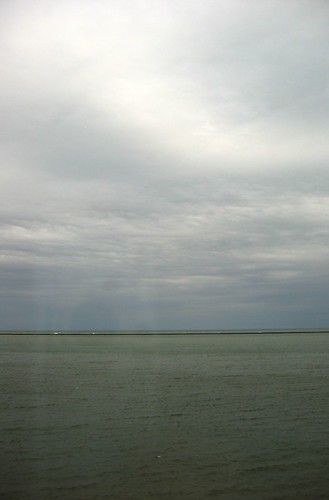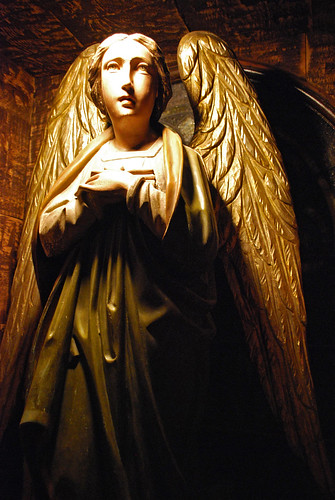We'll start with a story that has the distinction of featuring a couple of recurrent I've Been Reading Lately fascinations: Lord Byron (whose admonition to his friend Edward John Trelawny provides this post's headline) and inappropriate pets. From Leslie Marchand's Byron: A Portrait (1971):
When he returned to Cambridge in the autumn, he bought a tame bear and lodged him in the small hexagonal tower above his rooms. He enjoyed the sensation he made when he took bruin for walks on a chain like a dog. He announced with pride to Elizabeth Pigot: "I have got a new friend, the finest in the world, a tame bear. When I brought him here, they asked me what i meant to do with him, and my reply was, 'he should sit for a fellowship.'"For another comment on Byron, we move to Alfred, Lord Tennyson, from the entry of May 18, 1866 in the diary of poet William Allingham:
We spoke of Byron. T. greatly admired him in boyhood, but does not now.I love the query, "Why am I popular?" Is Tennyson actually mystified, or is he simply fishing for compliments?
"When I heard of his death (it was at Somersby, my Father's rectory) I went out to the back of the house and cut on a wall with my knife, 'Lord Byron is dead.'"
"Parts of Don Juan are good, but other parts are badly done. I like some of his small things."
A.--"Any of his Tales, or Mysteries, or Plays?"
T.--"No."
A.--"He was the one English writer who disparaged Shakespeare. He was a Lord, and talked about, and he wrote vulgarly, therefore he was popular."
T.--"Why am I popular? I don't write very vulgarly."
A.--"I have often wondered that you are, and Browning wonders."
T.--"I believe it's because I'm Poet-Laureate. It's something like being a lord."
Following the chain of references, we come unexpectedly to Churchill. In this excerpt from Violet Bonham Carter's Winston Churchill as I Knew Him (1965), Sir Winston, about to be made Home Secretary in 1910, discusses with Bonham Carter the question of suitable reading material for prison inmates:
I asked what books he thought they would enjoy and he trotted out several old favourites from his first days of self-education at Bangalore headed by Gibbon and Macaulay. I expressed some doubts about the popularity of his list. "If you had just committed murder would you feel inclined to read Gibbon?" "Well, the stern and speedy process of the Law might place a noose around my neck and string me up before I had time to launch myself on that broad stream. But for robbery with violence, arson, rape . . ." Here followed a long inventory of crimes well fitted to whet the appetite of their authors for Gibbon. I said that I would rather be hanged than endure a life-sentence. He vehemently disagreed. "Never abandon life. There is a way out of everything--except death." He was obviously confident of finding his way out of a life-sentence and I daresay he was right. I quoted Dickens, "Life is given us on the understanding that we defend it to the last." He liked that and repeated it to himself. "'Defend it to the last'--I'd do it. So would you. What is it you once called yourself--'red in tooth and claw'? I like to see you plunge your claws--those delicate and rosy claws--into the vitals of a foe." "It wasn't my phrase, it was Tennyson's." "Never read him. Should I like his books?" "Not much I think, nor would the criminals."I agree: it's hard to imagine Parker dipping into Tennyson should he find himself unlucky enough to be behind bars. And what must the rest of Churchill's list of Gibbon-suitable crimes have included?
Which leads me close with an anecdote of Edward Gibbon himself, from Recollections of the Table Talk of Samuel Rogers (1856):
Gibbon took very little exercise. He had been staying some time with Lord Sheffield in the country; and when he was about to go away, the servants could not find his hat. "Bless me," said Gibbon, "I certainly left it in the hall on my arrival here." He had not stirred out of doors during the whole of the visit.Now there is a point at which we modern folks--even those dedicated readers who are the natural audience for this wonderful anthology--have an advantage: in the absence of the brace of servants that Gibbon had at his beck, we at least have to put the book down and leave the house every once in a while. The gin, after all, does eventually run out.



